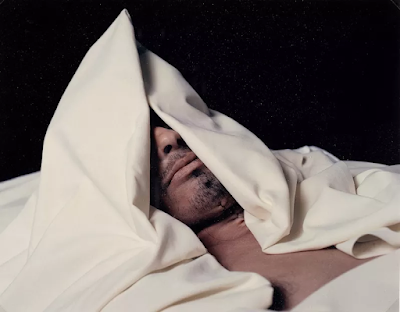In this post I will be discussing my research for the target market for my biteable video.
To start with, it's important to identify the target market for your video promoting yourself to employers. Your target market should be employers and recruiters in the industries and companies you're interested in working for. Consider factors such as their age, gender, geographic location, and job titles.
Here are some potential target markets and their characteristics:
Human resources professionals: This group is likely to be responsible for screening resumes, interviewing candidates, and making hiring decisions. They may be interested in a video that showcases your skills, experience, and personality. They are likely to be middle-aged, with a mix of genders and may work in various geographic locations.
Hiring managers: These individuals will be directly supervising the new employee and are interested in someone who is a good fit for the team and can handle the responsibilities of the job. They may be more interested in the specific skills and experience you bring to the table. They can be any gender, age or location, but are likely to have supervisory experience.
Recruiters: These individuals may work in-house or for an agency and are responsible for sourcing candidates for open positions. They are interested in finding the best candidates for the job and may be more focused on your qualifications and experience than your personality. They can be any gender, age or location, but are likely to have recruitment experience.
Film and Television Studios: Film and television studios are a major target market for visual effects artists, as they require visual effects for movies and television shows. These studios often have a dedicated visual effects department that hires visual effects artists to work on their productions.
Advertising Agencies: Advertising agencies often require visual effects for their commercials and other advertising campaigns. Visual effects artists can create realistic effects to make advertisements more engaging and memorable for consumers.
Video Game Developers: Video game developers require visual effects artists to create special effects for their games. These effects can range from explosions and particle effects to realistic lighting and shadows.
Architectural Firms: Architectural firms often require visual effects artists to create 3D renderings and animations of their designs. This allows clients to better visualize the final product and make more informed decisions.
Medical and Scientific Visualization Companies: Medical and scientific visualization companies require visual effects artists to create 3D models and animations of complex biological and scientific processes. These visualizations help researchers and students better understand these processes and their implications.
Music Video Production Companies: Music video production companies often require visual effects artists to create special effects and animations for music videos. This can include adding 3D elements to live action footage or creating completely animated music videos.
Independent Filmmakers: Independent filmmakers often require visual effects artists to create effects for their films, as they may not have the budget to hire a large visual effects team. This can include anything from adding explosions and gunfire to creating completely digital environments.
Education and Training Providers: Education and training providers require visual effects artists to create educational material and training programs. This can include creating 3D models and animations to help students better understand complex concepts or creating training videos for new employees.
Once you have identified your target market, you can tailor your video to their interests and preferences. For example, if you are targeting human resources professionals, you may want to focus on your personality and how you can contribute to the culture of the organization. If you are targeting hiring managers, you may want to emphasize your specific skills and experience that are relevant to the job. If you are targeting recruiters, you may want to provide specific examples of your achievements and qualifications.
In addition to tailoring your video to your target market, you should also consider the best channels to reach them. For example, if you are targeting recruiters, LinkedIn may be a good platform to share your video. If you are targeting human resources professionals or hiring managers, you may want to send the video directly to them as part of your job application.
To conclude, it's important to identify your target market for your video promoting yourself to employers, tailor your video to their interests and preferences, and consider the best channels to reach them. By doing so, you can create a more effective video that resonates with your target market and increases your chances of landing your dream job.













.JPG)
.png)





.png)
















